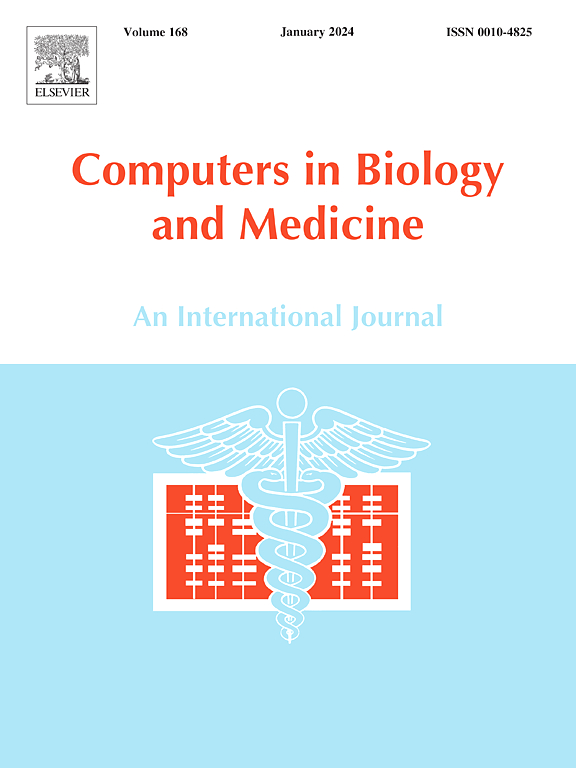用于心血管建模的几何自适应波形发生器
IF 6.3
2区 医学
Q1 BIOLOGY
引用次数: 0
摘要
由于其复杂、不规则的结构和固有的病理条件,建模心血管解剖学提出了重大挑战。数值模拟虽然准确,但计算成本往往很高,限制了它们在临床环境中的实用性。另一方面,传统的机器学习方法经常遇到一些主要的障碍,包括输入的高维,无法有效地处理不规则网格,以及在动态问题中保持响应的时间依赖性。针对这些挑战,本文提出了几何自适应波形器,一种新的神经算子来预测心血管系统的血流动力学。该框架主要由三个组件组成:几何编码器、几何解码器和波形发生器。该编码器利用基于图算子的网络和带符号距离函数将定义在不规则域上的输入转换为规则域。波形发生器对不规则网格上变换后的场进行工作。最后,解码器反转这个过程,将输出从规则网格转换回物理空间。我们评估了该方法在不同心血管数据集上的有效性。所获得的结果说明了所提出的模型在准确预测心血管系统血流动力学方面的有效性,证明了所提出的方法是传统方法的计算效率和临床可行性的替代方法。本文章由计算机程序翻译,如有差异,请以英文原文为准。
Geometry adaptive waveformer for cardio-vascular modeling
Modeling cardiovascular anatomies poses a significant challenge due to their complex, irregular structures and inherent pathological conditions. Numerical simulations, while accurate, are often computationally expensive, limiting their practicality in clinical settings. Traditional machine learning methods, on the other hand, often struggle with some major hurdles, including high dimensionality of the inputs, inability to effectively work with irregular grids, and preserving the time dependencies of responses in dynamic problems. In response to these challenges, this paper proposes geometry adaptive waveformer, a novel neural operator to predict blood flow dynamics in the cardiovascular system. The framework is primarily composed of three components: a geometry encoder, a geometry decoder, and a waveformer. The encoder transforms input defined on the irregular domain to a regular domain using a graph operator-based network and signed distance functions. The waveformer operates on the transformed field on the irregular grid. Finally, the decoder reverses this process, transforming the output from the regular grid back to the physical space. We evaluate the efficacy of the approach on different sets of cardiovascular data. The results obtained illustrate the effectiveness of the proposed model in accurately predicting blood flow dynamics in the cardiovascular system, establishing the proposed approach as a computationally efficient and clinically feasible alternative to traditional methods.
求助全文
通过发布文献求助,成功后即可免费获取论文全文。
去求助
来源期刊

Computers in biology and medicine
工程技术-工程:生物医学
CiteScore
11.70
自引率
10.40%
发文量
1086
审稿时长
74 days
期刊介绍:
Computers in Biology and Medicine is an international forum for sharing groundbreaking advancements in the use of computers in bioscience and medicine. This journal serves as a medium for communicating essential research, instruction, ideas, and information regarding the rapidly evolving field of computer applications in these domains. By encouraging the exchange of knowledge, we aim to facilitate progress and innovation in the utilization of computers in biology and medicine.
 求助内容:
求助内容: 应助结果提醒方式:
应助结果提醒方式:


